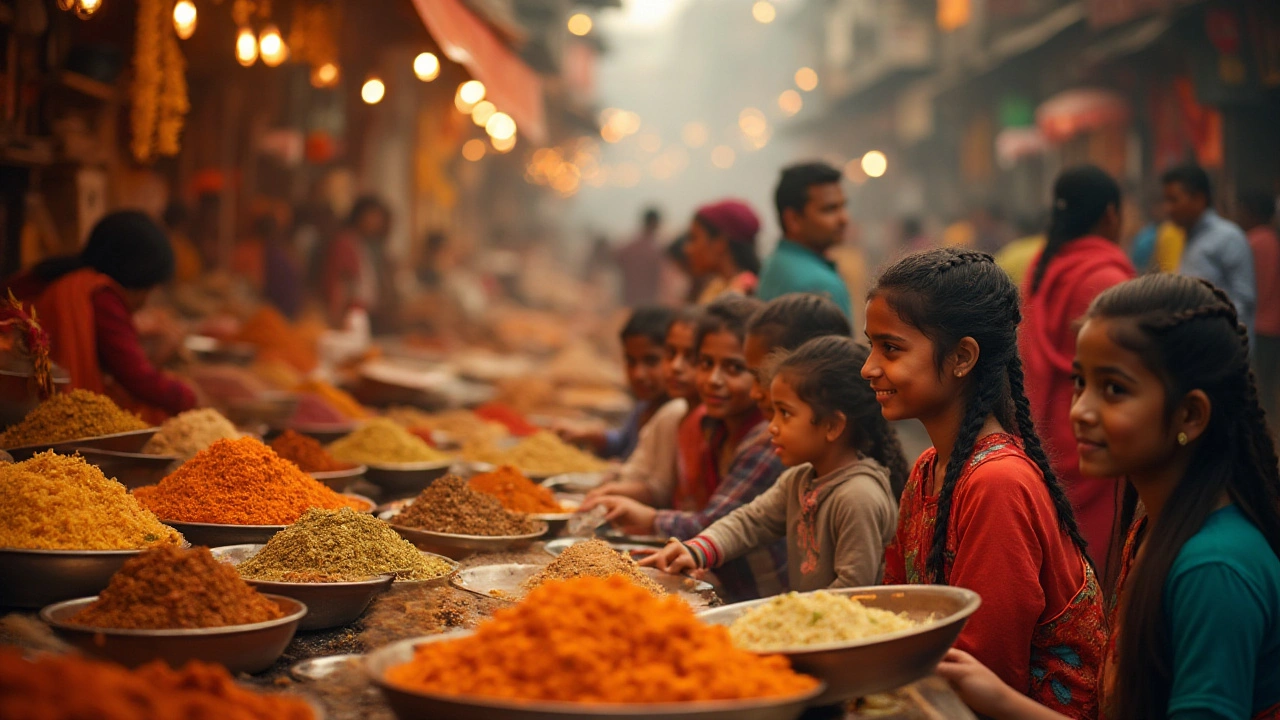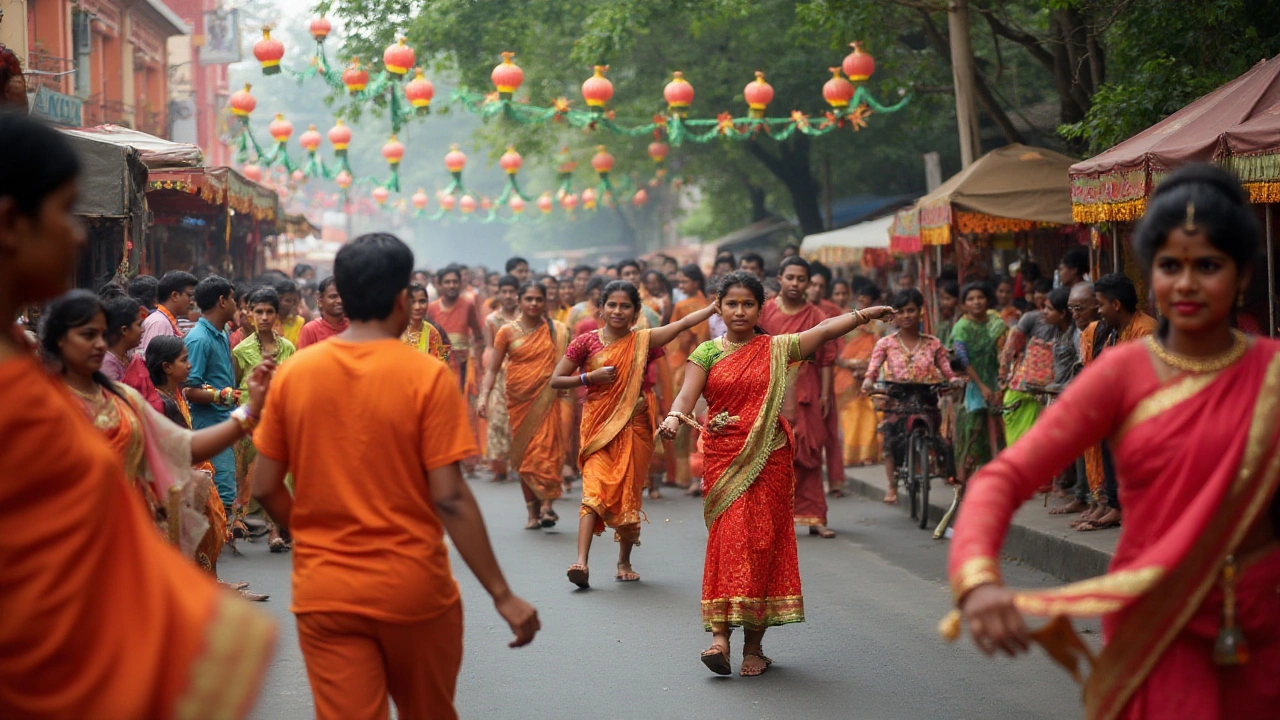Cultural Festivals in Tamil Culture: Traditions, Rituals, and Celebrations
When you think of cultural festivals, public celebrations rooted in religion, history, or community identity that bring people together through ritual, music, and shared food. Also known as religious or seasonal festivals, they’re not just events—they’re living traditions that shape daily life in Tamil Nadu and beyond. In Tamil culture, these festivals aren’t just dates on a calendar. They’re moments when families wake up before dawn to light oil lamps, when streets fill with the sound of drums during Theru Koothu performances, and when sweets are passed out not because it’s tradition, but because it’s how love is spoken.
Many of these celebrations overlap with broader Hindu festivals, but Tamil communities give them their own flavor. Take Diwali, the festival of lights celebrated across India with prayers, fireworks, and sweets. Also known as Deepavali, it’s deeply tied to the return of Lord Rama—but in Tamil Nadu, it often blends with Karthigai Deepam, a unique Tamil festival where homes are lit with oil lamps on the full moon night of the Karthigai month, symbolizing the triumph of light over darkness. While other states focus on Lakshmi, Tamil families honor Agni, the fire god, and light lamps on their rooftops. Then there’s Navratri, a nine-night festival honoring the divine feminine, celebrated with dance, fasting, and elaborate altars. In Tamil Nadu, it’s not just about Durga—it’s about the goddess in her many forms, from the village guardian to the temple queen, and each night brings a different offering, song, and story.
These festivals don’t happen in empty spaces. They’re tied to the land, the seasons, and the people who’ve kept them alive for centuries. Folk traditions like Karakattam, a dance where performers balance pots on their heads while moving to rhythmic beats, often performed during temple festivals to honor the rain goddess. Or Puliyattam, the tiger dance, where dancers paint their bodies yellow and black, move like predators, and carry stories of ancient forest spirits. These aren’t performances for tourists. They’re prayers in motion, passed down from grandparent to grandchild, kept alive because they mean something real.
What you’ll find in the posts below isn’t just a list of festivals. It’s the why behind the rituals—the stories of why sweets are given during Diwali, how Tamil families celebrate it differently than families in Punjab, why Navratri lasts 15 days in some places, and how even nonsense singing has a sacred place in rural Tamil festivals. You’ll see how food taboos shape what’s served, how music ties into worship, and how myths like the Jalpari—India’s mermaid—show up in festival songs. These aren’t abstract ideas. They’re the heartbeat of everyday life in Tamil communities, from Chennai to Coimbatore, from temples to village squares. Whether you’re Tamil, curious, or just looking to understand what makes these celebrations stick, what follows is your guide to the real, living heart of cultural festivals in Tamil culture.

